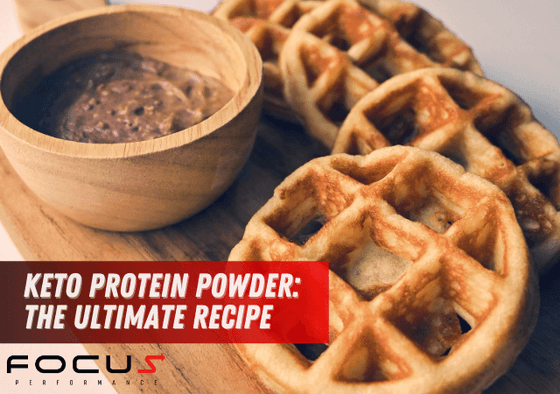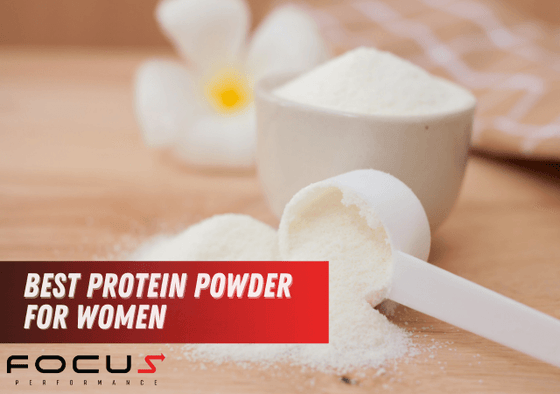
Maitake mushroom is a type of mushroom that is very popular in Japan and China for its taste and potential medicinal properties. It is known by several other names including ram’s head, sheep’s head, hen of the woods, dancing mushroom, signorina mushroom, kumotake, king of the mushrooms, and more.
In Japanese, the word “maitake” means dancing mushroom. It is said to have gotten its name when people used to dance with happiness whenever they would find it in the wild. This is how popular the mushroom is in terms of its supposed healing properties.
Although the mushroom has been used in Japan and China for many years, it has recently started to become popular in the United States. People are praising the maitake mushroom for its promises of longevity, health, and vitality.
Compared to most mushrooms, maitake has been found to be more beneficial for people with cancer and a range of other health conditions. Consuming maitake has also been shown to increase overall immunity.

Maitake mushrooms have high levels of:
The mushroom is also known to be fat-free, low in sodium and calories, and free from cholesterol. Today, scientists continue to study the unique method that the maitake mushroom supports overall well-being.
Findings based on laboratory research hint that maitake could be effective in treating various illnesses. Although more studies are required to confirm its true effects on humans, current findings appear promising.
Researchers in a 2013 study indicated that maitake D-Fraction may be useful in treating and preventing breast cancer. Maitake D-Fraction is the bioactive extract obtained from maitake mushrooms.
Scientists believe that the mushroom is capable of fighting the growth and reproduction of cancer cells.
In another study, maitake mushroom was found to suppress tumour growth in rodents. The findings from the study have led researchers to believe that it could also be used to effectively manage cancer in human subjects.
In an earlier study, maitake D-Fraction was found to efficiently eliminate human cancer cells. It was used together with a certain protein known to fight cancer and the extract was successful in enhancing the protein’s effectiveness.
The findings from a 2015 study revealed that maitake mushrooms can provide a positive effect on rodents with type 2 diabetes. In the study, the consumption of maitake was found to benefit glucose levels in rats. This could mean that the mushroom has the potential to treat type 2 diabetes in human subjects.
There are also indications that maitake may help treat:
In a 2013 study, researchers learned that maitake powdered extract was able to reduce cholesterol levels in mice. The extract was also found to increase energy-giving fatty acids.
These findings have led researchers to theorize that consuming maitake mushrooms could help in keeping arteries healthy.

Maitake mushrooms have a relatively short lifespan. They have a pleasant aroma while young but tend to have a terrible smell once they reach maturity.
The mushroom can be found in clusters of flat brown caps that have white edges. One of its names, “hen of the woods,” is derived from the fact that a cluster of this mushroom can appear like the ruffled feathers of a hen.

Bigger maitake mushrooms transform to a lighter brown or gray colour once mature.
Below, maitake mushrooms have stems that form branches that appear like the structure of a cauliflower or broccoli. This is especially evident if you cut them in a cross-section.

You can find maitake mushrooms near the stumps of oak trees or at the base of dying trees. They are native in Japan and China but can also be found in Canada and the United States. Parts of Europe where the climate is right can also have maitake mushrooms.
Depending on the weather, maitake can grow from early autumn up until late November.
Maitake mushrooms do not have gills, yet they leave white spores when they mature. The best time to pick these mushrooms is when they are young and tender. Matured maitake tend to have a woody texture and bitter taste. Young maitake has white flesh that is firm to the touch.
For those planning to take maitake mushrooms to improve health, you may add it to nearly any food you would normally use with mushrooms. It can be mixed to a salad, stir-fry, pizza, pasta, soup, or omelet. You can also grill or fry the mushrooms in butter and eat them that way.

Maitake has an earthy taste, so make sure you enjoy this flavor before adding many of it in meals.
If you plan to purchase maitake fresh, make sure you buy it whole to improve its shelf life. Place it inside a paper bag in the fridge for storage. You can find dried maitake mushrooms at some supermarkets and they freeze well. You can keep these dried mushrooms in stock if you find them fresh.
Since maitake mushrooms grow in clusters, they need to be cleaned more thoroughly than other types of mushrooms. The mushroom has many crevices where twigs and dirt can get stuck.
You can start by picking off pieces of sticks, leaves, or other organic matter on the mushrooms. A soft brush can then be used to wipe away any soil.
Older parts of maitake, especially those located near the base, can be woody and difficult to eat. You should cut these off using a sharp knife and discard them. You should also remove any pieces that look bruised, moldy, or affected by insects.
Just like any mushroom, you want to avoid soaking maitake as they can get soggy and mushy from absorbing water. What you can do instead is to use a damp paper towel so you can wipe each piece clean. This method helps remove any dirt that has been left behind.
Some people also consume maitake as a liquid concentrate or through supplements. If you plan to take it as a supplement, look for its extract (maitake D-Fraction).

The right dosage for the mushroom depends on the health, weight, and age of a person. Additionally, it also depends on the strength of a specific supplement brand. Make sure you read the labels carefully before using these products.
You should also check with a doctor before taking a high dose. Monitoring your reactions carefully will allow you to see if there are any unusual symptoms after taking it. Do not continue using maitake mushroom supplements if you feel any discomfort.
Maitake mushrooms are not commonly available in grocery stores, and they typically cost more than other varieties such as shiitake, oyster, and button mushrooms.
A pound of dried maitake or a bottle of its extract can cost around $60 or more. The reason for this is simple: demand. Many people are seeking the benefits of maitake mushrooms, which can increase its price.
Many health supplements are interested in extracting the polysaccharides of the mushroom while chefs worldwide use them in their cuisine.
Some maitake stocks are harvested from the wild, which is far more labor-intensive. Additionally, maitake is much more difficult to farm than other mushroom varieties.
Finally, maitake mushrooms also take longer to grow. Farmers often experience a longer turnaround time in growing maitake than the other types of mushrooms.
Maitake is a variety of mushroom that is held in high regard for both its taste and potential health benefits.
The mushroom has been found to possibly benefit people with cancer, type 2 diabetes, and bad cholesterol. However, many of these findings require further research on human subjects to confirm their effects.
If you wish to consume maitake mushroom as a supplement, it is best to talk to a doctor first. These physicians can provide guidance on potential benefits and risks. They may also give advice on the best supplement options for you.
Despite the benefits we’ve learned about protein powders, not all of them are keto-friendly. Just like any product for people on a low-carb diet, you need to read the label closely to make sure you’re not consuming added carbs and sugars.


Scott Reid
Author
Scott Reid is a 2 x Britain’s Strongest Man U105kg winner (2007 & 2008) and IFSA World's Strongest Man U105kg Competitor. He is an expert in strength and conditioning and also coaches functional nutrition. Scott’s passion for understanding the human body and how to optimise every aspect of it has driven him to study under legends such as Paul Chek. Scott now coaches MMA Athletes, Strongmen and Bodybuilders to name but a few, helping them to implement a well structured diet and become more powerful, explosive versions of themselves.